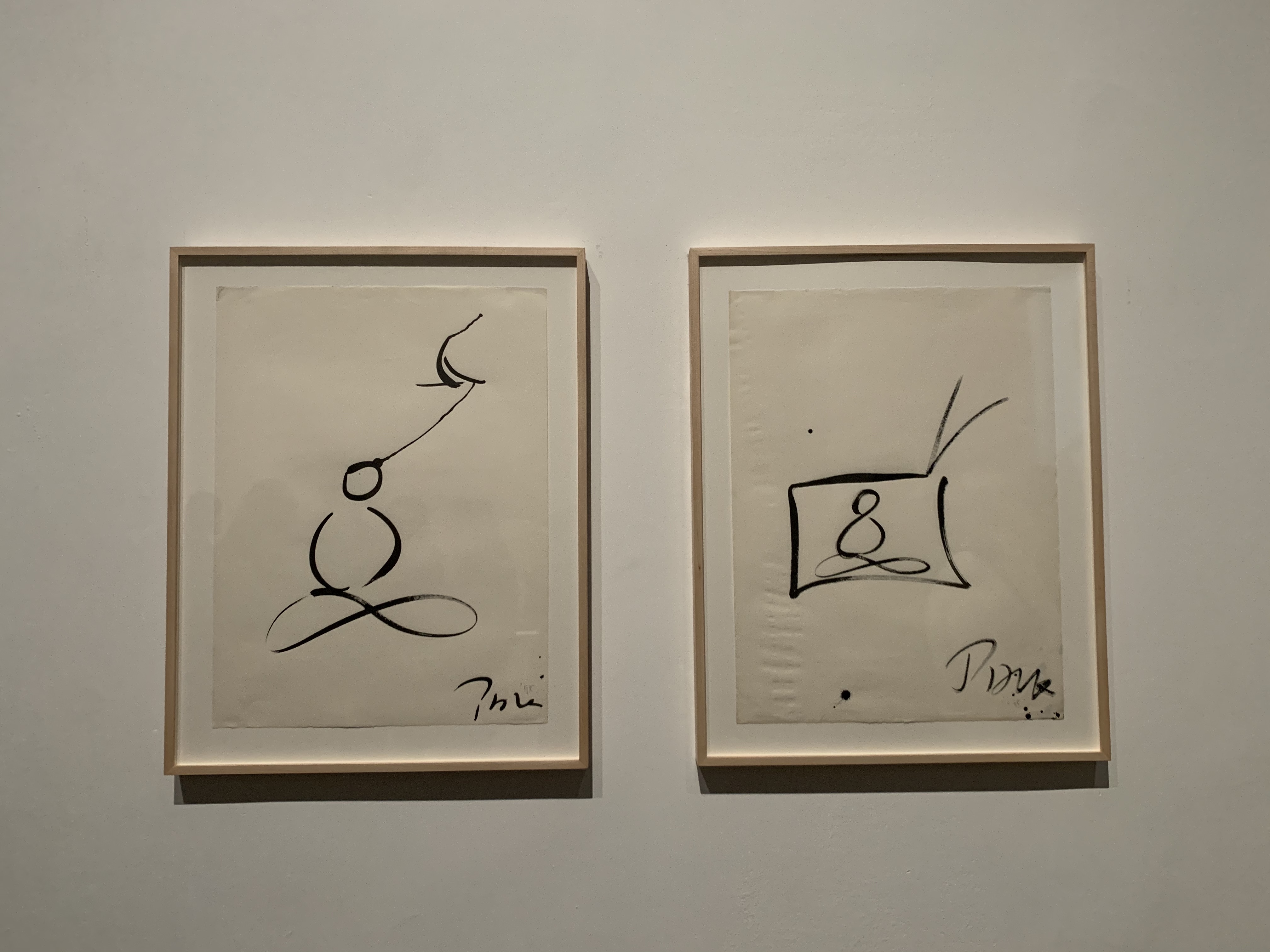“Skin has become inadequate in interfacing with reality. Technology has become the body’s new membrane of existence.”
— Nam June Paik
Tate Modern leans into its avant-garde edge with a tremendous exploration of Korean-born international artist Nam June Paik’s life-time career. Nam June Paik, known as “the father of video art,” born in South Korean, lived and worked in Japan, Germany and the US. He explored music, film, performance, theatre and the media in his long career. His revolutionary practice laid the groundwork for today’s artists working in new media art.
The exhibition brought together more than 200 works, including TV Garden (1974-2002), Paik’s seminal installation comprising dozens of television sets in a garden of lush foliage; Robot K-456 (1964), his first robot work that plays recordings of speeches by John F. Kennedy; and Sistine Chapel (1993), restored and recreated for the first time since the artist was awarded the Golden Lion at the Venice Biennale in 1993. (BTW, this exhibition is super suitable for Instagram pics!)
Room 1: Zen Buddhism are important and recurring reference point throughout of his artwork, appeared in his exploration as connections between buddhism and new media art.

In Buddhism, the moon is a symbol of truth and enlightenment. Like the moon, the TV screen is a mesmerising light that human stare at. Paik often used a pared-down style of drawing. In this work, reminiscent of East Asian Calligraphy and Zen painting, his drawing uses a few expressive lines to track symbolic images against a plain background.
One Candle

Buddhism teaches the value of meditating on “no-thing-ness” as a way of reaching a state of enlightenment and gaining awareness of one’s body. Staring at a flickering candle is a traditional meditation technique. In many cultures and religions, including Buddhism and Christianity, the flame is a symbol of the contemporary nature of life and material values. TV as a frame of the flame, symbolises the enlightenment power of mass media.
TV Buddha

TV Buddha directly expresses the contrasts and parallels between East and West and between technology and spirituality. Its static, silent image appears live on a round TV set, inspired by popular sci-fi imagery. The buddha is both the viewer and the viewed image, mirroring our own experience as mass media consumers.
Room 2: With TV Garden, Paik imagined a future and dreamy landscape where technology is an integral part of the natural world. Placing TV sets alongside live plants, he creates the environment that electronic equipment and nature coexist. His approach follows a Buddhist philosophy that everything is interdependent. It also suggests that technology is not in conflict with nature but an extension of the human realm.
The TV sets display Paik’s Global Groove. This colourful, fast-paced video mixes high and popular cultures, with imageries from tradition and contemporary, Western and Eastern sources. From Beethoven’s Moonlight Sonata and chants by the Beat poet Allen Ginsberg to Nigerian dance performance and Japanese commercials, Paik’s selection is as diverse as any TV Channel but perhaps not as predictable.

Room 3: In 1963 Paik had the idea of building a radio-controlled robot to use as a “mechanical performer”. Intentionally shoddy, this comical humanoid figure could walk, raise its arms, play recoded sounds and even urinate. ‘I thought it should meet people in the street and give them a split-second surprise’, Paik explained.
Paik wanted to make technology appear closer to humanity, rather than the product of complex and hidden scientific processes. By making technology approachable and less intimidating, Paik hoped to reclaim it for peace. He showed how it already played a huge part in everyone’s daily life and was likely to become even more central over time.

Other Rooms: Paik used telecommunication technologies to distribute art and enable long-distance live collaborations. He also collaborated with Charlotte Moorman to include SEX into music as it should be. Candle images were projected onto the walls of one room and the air flow generated by visitors’ movement clearly changed the flames. In the last room, it is an immersive video installation filled the room, including the ceiling, with approximately 40 projectors switched at random between videos, all playing at the same time. Audio-visual collages of new footage and samples from Paik’s past videos, as a form of Auto-tune remix, containing many collaborators and public figure seen in the exhibition.




For more pictures of the exhibition, please visit our Instagram @JUZIARTS.
Nam June Paik
Tate Modern
Dates
17 Oct 2019 – 9 Feb 2020
Photo and text credits to Chloe Lee